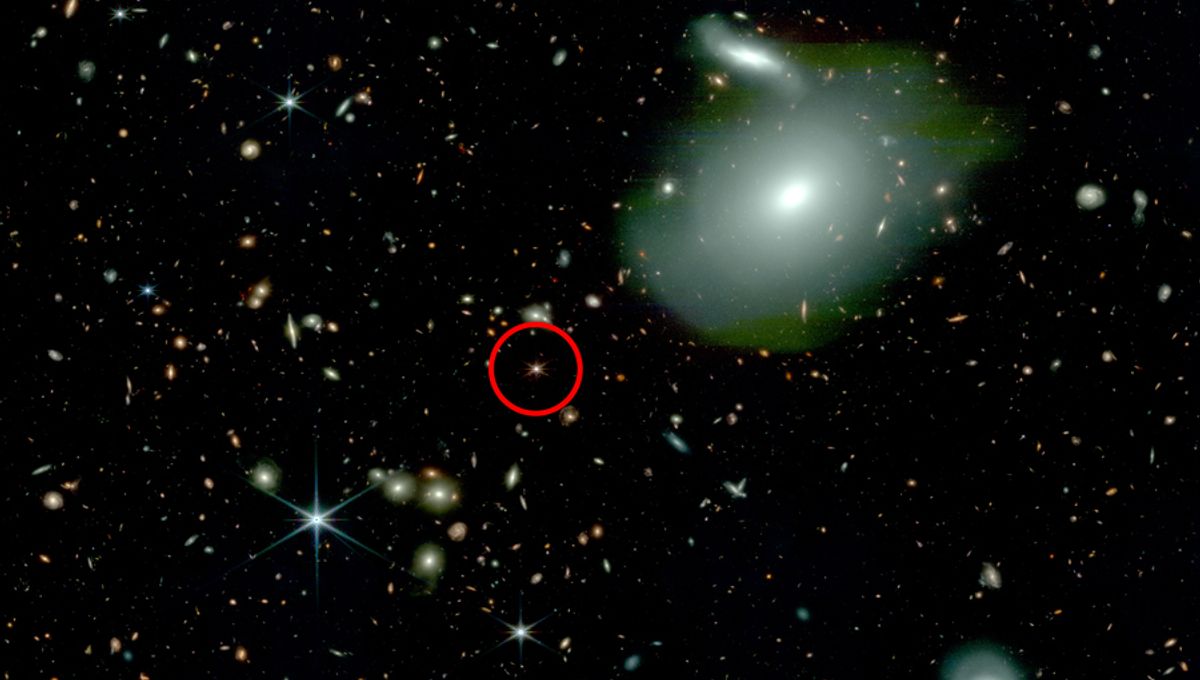
Quasars occur when supermassive black holes gobble up an incredible amount of gas. Observations and general wisdom suggested that a galaxy needed a lot of neighbors to deliver that much gas to a supermassive black hole at its center – so imagine the surprise of seeing not one but five quasars on their own.
Looking 13 billion years into the past, researchers did see quasar fields containing many galaxies – the most crowded ones had more than 50 neighboring galaxies surrounding one galaxy with an extremely active supermassive black hole. The five found on their lonesome by JWST had only a few stray galaxies around them.
“Contrary to previous belief, we find on average, these quasars are not necessarily in those highest-density regions of the early universe. Some of them seem to be sitting in the middle of nowhere,” lead author professor Anna-Christina Eilers, from MIT, said in a statement. “It’s difficult to explain how these quasars could have grown so big if they appear to have nothing to feed from.”
The discovery challenges our models. The quasars in question (both the popular and the friendless) existed when the universe was less than one billion years old. Galaxies were just a few hundred million years old by then, and clusters of galaxies were only just being assembled.
Areas that have more galaxies hint at the presence of a lot of material for stars to form – material that supermassive black holes can feed on. How can a single galaxy form a quasar so early in the history of the Universe, without a significant source of matter to fuel the growth of its supermassive black hole?
JWST was used by the team to study quasars between 600 and 700 million years after the Big Bang. The phenomenal space telescope has provided detailed observations of the early universe, revealing distant galaxies and unexpected mysteries such as this one.
“It’s just phenomenal that we now have a telescope that can capture light from 13 billion years ago in so much detail. For the first time, JWST enabled us to look at the environment of these quasars, where they grew up, and what their neighborhood was like. We found that the only difference between these five quasars is that their environments look so different,” Eilers continued.
“For instance, one quasar has almost 50 galaxies around it, while another has just two. And both quasars are within the same size, volume, brightness, and time of the universe. That was really surprising to see.”
Supermassive black holes start out a few hundred thousand times the mass of the Sun. However, the brightest are billions of times bigger than our little star. How they got so big in such a short amount of time is a major unsolved question in cosmology.
“Our results show that there’s still a significant piece of the puzzle missing of how these supermassive black holes grow,” Eilers said. “If there’s not enough material around for some quasars to be able to grow continuously, that means there must be some other way that they can grow, that we have yet to figure out.”
The paper is published in The Astrophysical Journal.
Source Link: Lonely Quasars Seen By JWST Challenge Expected Formation Theory